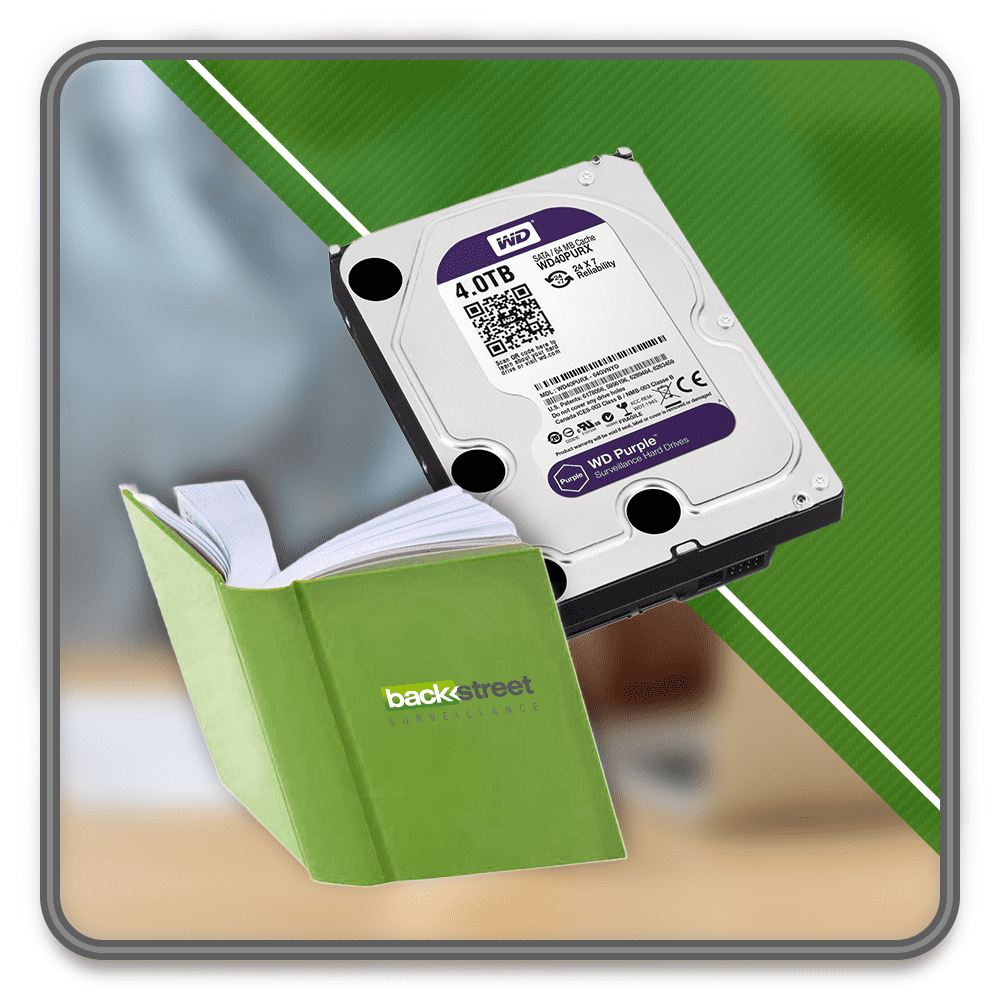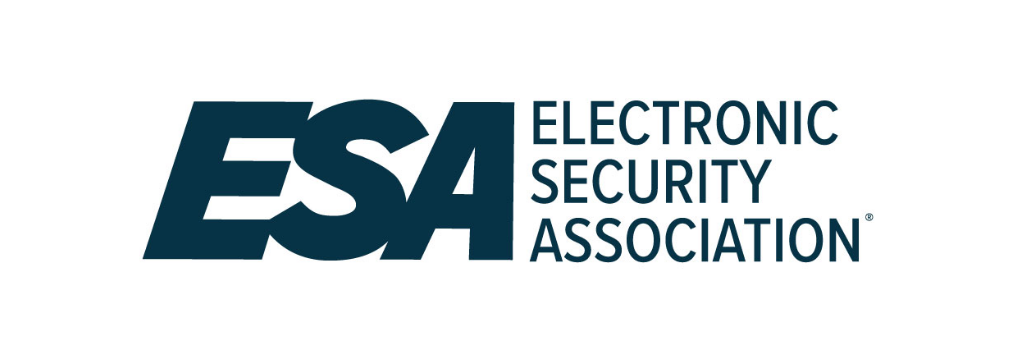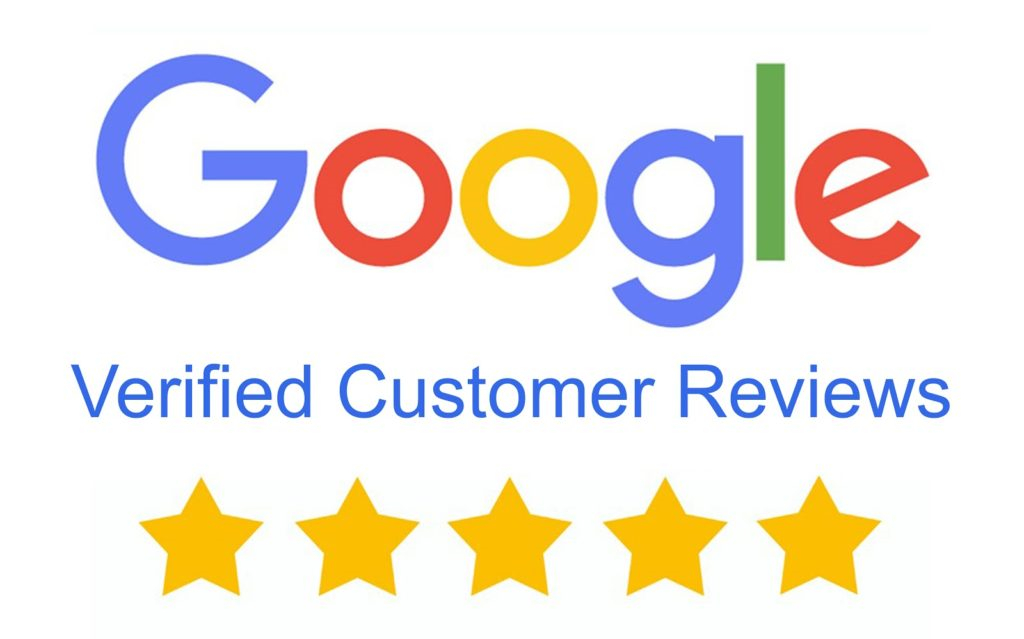18 - How to Capture License Plates
License Plate ID and Capture

All our ProVue NVRs are equipped with advanced AI (Artificial Intelligence), built right into the software. It provides the ability to identify license plates and send alerts if a known or unknown plate is detected. The system automatically detects, captures, and compares plates against a whitelist, blacklist, or unknown and can perform custom responses for any of them. The system automatically creates a video and snapshot of each plate which can be searched in the database.
BUT! Several variables must be considered to reliably capture plates. Follow these rules and you’ll reliably capture plates.
The Rules to Capturing License Plates
Capturing a license plate is one of the most challenging tasks a video surveillance system is asked to do. In fact, it is much easier to get facial recognition than it is to capture a license plate. The advice below will help produce the desired results.
- Speed of the Car
The average speed that vehicles will be traveling is an important factor to consider when selecting the camera. It is best to select a targeted area that requires the car to reduce its speed as much as possible. If the car is traveling faster than 20mph, you will require a camera that has the ability to adjust shutter speeds so that the image does not blur. If the vehicle is traveling under 20mph, the task becomes much easier.
Many of our ProVue IP cameras have the ability to increase the shutter speed. This is needed if you plan on capturing plates at speeds above 20mph, for best performance increase the shutter speed as the vehicle's speed increases. This will increase the clarity of any object at high speed. Recommended ProVue Cameras: Pro90D, Pro120-4K, Pro90MZ, Pro240.
- Camera Location
The location of the camera to the car's path is very important. If the camera is placed at too much of an angle from the plate's path, it will not produce the desired results. The best location for a camera is one that allows the camera to view the plate perpendicularly (as close to straight on as possible). The easy way to test the camera location is to simply park a car at the location you plan to capture plates, and then stand at the camera location. If you can clearly read the plate, the location should work.

- Dedicated Camera
The most common mistake made is to ask one camera to do the work of two or three. Often a customer will expect their camera to simultaneously view their driveway, see a person's face in a car and read the license plate. This is not possible. Each one of these tasks requires a different field of view (or focal length). Usually, the camera is set to a wide viewing angle to see as much as possible, completely eliminating the ability to capture the detail needed to read a license plate. So here is the Golden Rule: One camera must be dedicated to ONLY reading license plates. This will allow you to adjust the field of view specifically for this task, assuring success.
- Glare & Reflection
At night, cameras have the difficult job of balancing between the darkness and the intense glare of headlights and tail lights. The solution is to have the ability to adjust the camera's sensitivity to light by adjusting WDR (Wide Dynamic Range), backlighting, and other image options. The ProVue cameras listed above have the ability to make these adjustments. Most HD cameras can capture plates during the day, but there is no guarantee of successfully capturing plates at night. Each application is different and some may require an LPR camera (license plate capture). These cameras are designed specifically for plate capture, they have advanced image filters that eliminate the glare from headlights and tail lights and adjust to the reflective nature of the license plate. LPR cameras are great plate cameras but poor surveillance cameras. They are expensive but in some applications are required to capture plates at night.
- Selecting the Right Camera
There are two distances that matter when choosing the right camera for your application:
A) The distance from the camera location to the location you expect to capture the plate
B) The horizontal viewing distance at the location of the plate

Both distances can be accommodated by using a camera with a zoom lens. As an example, the chart below indicates using a 2.8 to 12mm lens will allow you to mount the camera 60 feet away from the plate location and still achieve a horizontal field of view of 18 feet.

We recommend the following maximum viewing distance to reliably capture plates.

If you would like expert advice on how to select and locate a camera for your application, give us a call we will be glad to help.




















